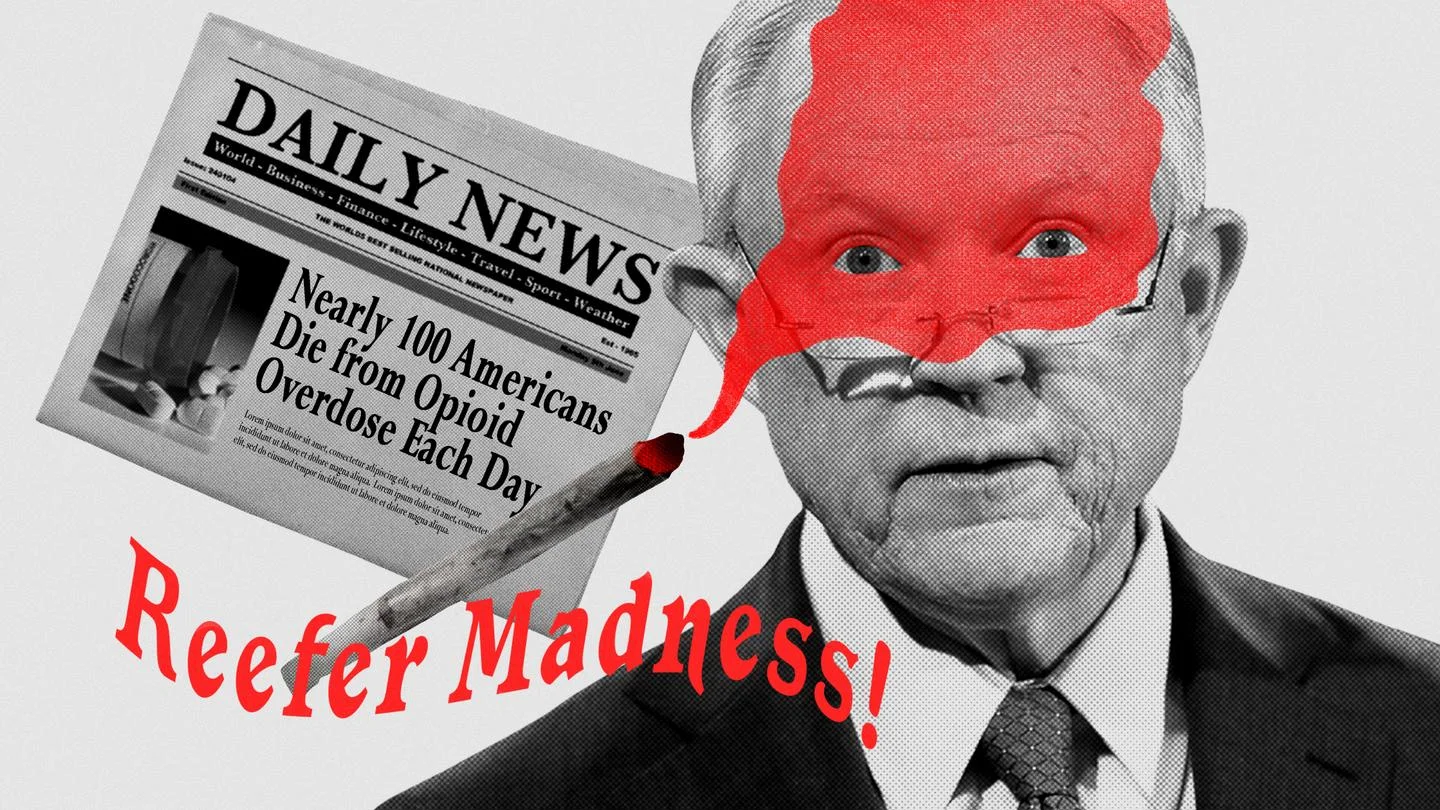An English physician in 1870 reported on morphine's tendency to "encourage the very pain it pretends to relieve." Researchers found that active heroin users were more sensitive to pain than expected. Other investigators took note, and by decade's end, a half-dozen studies had demonstrated similar results among heroin users as well as among recovering users on methadone.
Opioids Don't Beat Other Medications For Chronic Pain
For many people who live with chronic pain, opioids can seem like the difference between a full life or one lived in agony. Over the past few decades, they have become go-to drugs for acute pain, but Dr. Erin Krebs, with the Minneapolis Veteran's Administration Health Care System and the University of Minnesota, says the science about the effectiveness of opioids for chronic, or long-term, pain has been lacking.
$1 Fentanyl Test Strip Could Be a Major Weapon against Opioid ODs
As the deadly crisis refuses to wane, cities search for unconventional responses to overdoses.
“It’s an important study, and it shows that the fentanyl test can be really used as a point-of-care test within harm-reduction programs,” says Jon Zibbell, a public health scientist at nonprofit research organization RTI International.
Heroin Vaccine Treats Addiction and Lethal Overdose
The vaccine is built by binding a heroin molecule to a protein recognized by the immune system. The heroin molecule does not trigger an immune reaction on its own. When the vaccine initiates an immune response, antibodies are produced that bind to heroin molecules that build up when a person is using the drug. The antibody binding prevents the drug from reaching the brain and causing a high.
A Father's Story: How a "Really good kid" died of a heroin overdose
People Are Dying Because of Ignorance, not Because of Opioids
Recently, driven largely by opioid-related deaths—predominantly of our white sisters and brothers—President Donald Trump proclaimed that the opioid problem was now a national emergency. He vowed to “spend a lot of time, a lot of effort and a lot of money on the opioid crisis” because “it is a serious problem the likes of which we have never had.”
This is false. Beginning in the late 1960s, the heroin crisis played out in a similar fashion, except that the face of the heroin addict then in the media was black, destitute and engaged in repetitive petty crimes to feed his or her habit. One solution was to lock up users, especially after passage of New York State's infamous Rockefeller drug laws in 1973. By the early 2000s more than 90 percent of those convicted under those laws were black or Latino, far out of proportion to the fraction of users they represented.
To stem abuse of anti-diarrhea drugs, FDA officials seek packaging fix
WASHINGTON — U.S. health regulators on Tuesday asked makers of popular anti-diarrhea drugs to sell their medications in smaller amounts to make them harder to abuse.
The request comes amid a spike in overdoses from large doses of the over-the-counter drugs, which contain a small amount of an opioid.
The Food and Drug Administration wants manufacturers to package their medications in smaller quantities, such as eight tablets per package. Currently, some generic versions are sold in boxes of up to 200 tablets. The FDA said it also plans to ask online retailers to make it harder to order bulk amounts of the drugs.
Drug Distributors Shipped 20.8 Million Painkillers To West Virginia Town Of 3,000
Williamson, W.Va., sits right across the Tug Fork river from Kentucky. The town has sites dedicated to its coal mining heritage and the Hatfield and McCoy feud and countsjust about 3,000 residents.
But despite its small size, drug wholesalers sent more than 20.8 million prescription painkillers to the town from 2008 and 2015, according to an investigation by the House Committee on Energy and Commerce. The opioids — hydrocodone and oxycodone pills — were provided to two pharmacies just four blocks apart.
God vs. Opioids
Quack "health practitioners" Taking Advantage of Opioid Crisis
The opioid epidemic is a serious public health crisis in the U.S., and new tools and treatments to deal with chronic pain are urgently needed. Unfortunately, where public health officials see a crisis, advocates of “integrating” quackery with science-based medicine see an opportunity. In this case, promoters of pseudomedicine are taking advantage of the opioid crisis to persuade state Medicaid systems to pay for quackery like acupuncture.
Taking a grassroots approach to fighting the opioid epidemic
Opinion: Doctors and hospitals don't need to wait for large-scale state federal programs to fight inappropriate opioid use.
For many physicians, developing an ongoing relationship with patients is a rewarding part of the job. That’s not the case for emergency physicians like me — we’d rather not see the same patients over and over again, especially those with substance use disorders, who are some of the highest users of emergency care.












